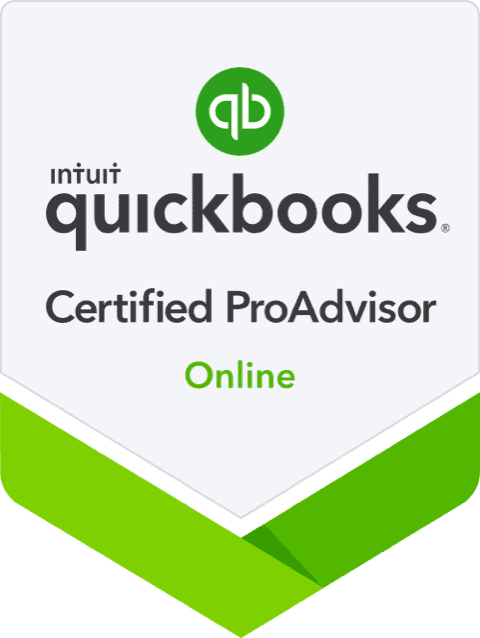The 2 Most Important Financial KPI’s for Every Small & Medium-Sized Business

What are Key Performance Indicators (KPI’s) and Why Should I Use Them?
A KPI is something that must be 1) measurable over a given timeframe (ex. monthly), and 2) consistently measured (accurate data). In other words, a KPI has no use, or can even lead to bad decisions, if it is made up of inaccurate or inconsistent data. If the whole point of a KPI is apples-to-apples comparability over time, then consistently bad data can destroy KPI’s usefulness. One of the foundations of what we do at Strata Cloud Accountants is to make sure our client’s data is set with consistent processes and captured completely in the accounting file. Although our customers are in different industries and have unique processes, we insist that the process of capturing data in the accounting file is consistent across all of our clients, to ensure that any client’s financial comparability is preserved and KPI’s can be the most useful. A KPI is only useful to you as a small business owner or operator if it helps you make better decisions that in the long run, lead to more profit or put more cash in your pocket. We’re passionate advocates of the KISS (keep it stupid simple) philosophy, so in that spirit, here is what we see as the most important Profit KPI and most important Cash flow KPI that every business owner should be regularly reviewing.
-
Most Important Profit KPI: Gross Profit %
-
Most Important Cash Flow KPI: Operational Cash Flow
Most Important Profit KPI: Gross Profit %
Now that you’re confident in the integrity and accuracy of your accounting data, you can start measuring the most important Profitability KPI: Gross Profit %. This measure is most important because it isolates the 2 biggest CONTROLLABLE factors of your business: Revenue and Direct Costs. GP% is measured by taking 1 – your Cost of Sales (Direct Costs)/Total Revenue, multiplied by 100 to give a percentage. Since you’ve isolated Direct Costs and Revenue into 1 comparable %, you can then isolate the REASONS of why any given month would have a variance. For instance, maybe your a consumer goods company, and your GP% went down from 76% to 70% in the current month. Is the reason because of higher-cost raw materials, poor inventory control, or possibly a larger share of lower-margin products sold? No matter the culprit, you can investigate, identify the source, and make a correction. This once again illustrates the power of GP% KPI against other measures, namely that it focuses you the business owner on the highest impact, most controllable (and correctable) area of the business.
Most Important Cash Flow KPI: Operational Cash Flow
Operational cash flow is measured as Operating Income + Depreciation – Taxes + Change in Working Capital. The part of the equation that we like to focus on is the “Change in Working Capital”. It is important because you can see, and we can point out certain cash items that aren’t on the P&L. In other words, the P&L doesn’t tell the entire story of how you’re operating the business in terms of generating the maximum amount of bottom-line cash. Let’s say, for example, we are reviewing the cash flow statement with a client and saw on the P&L that they exceeded Revenue, GP%, and Net Income targets (great start!). However, when we view the Operational cash flow sheet, we see that the Accounts Receivable (AR) on their balance sheet has grown materially from the previous month, so much so that the AR balance growth exceeds the top-line Revenue growth. This means that although the client exceeded targets on the P&L, they weren’t able to collect all the money from the added sales (as the amounts of money owed to them have grown throughout the month). This may have been expected, or it may have been a surprise, but either way, it is most critical because it affects the actual CASH in the client’s account at the end of the month. That’s why at Strata, we provide 2 different types of cash flow reports and sit down to review with our clients to call out variances and make sure the business’s cash position is understood. Check out our report samples here on our website!
By Kyle Smith, CPA





